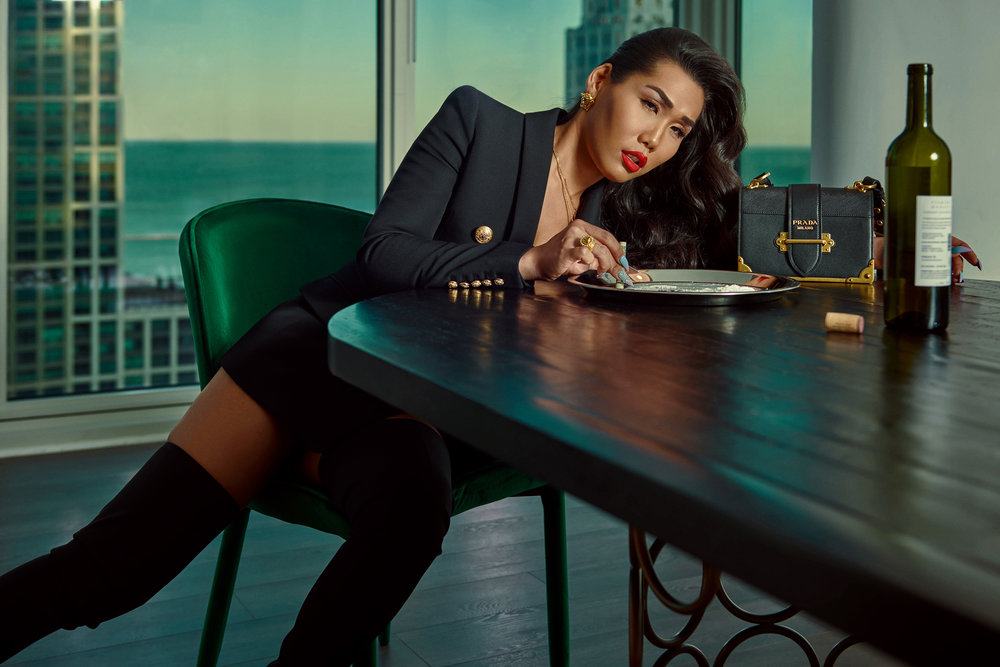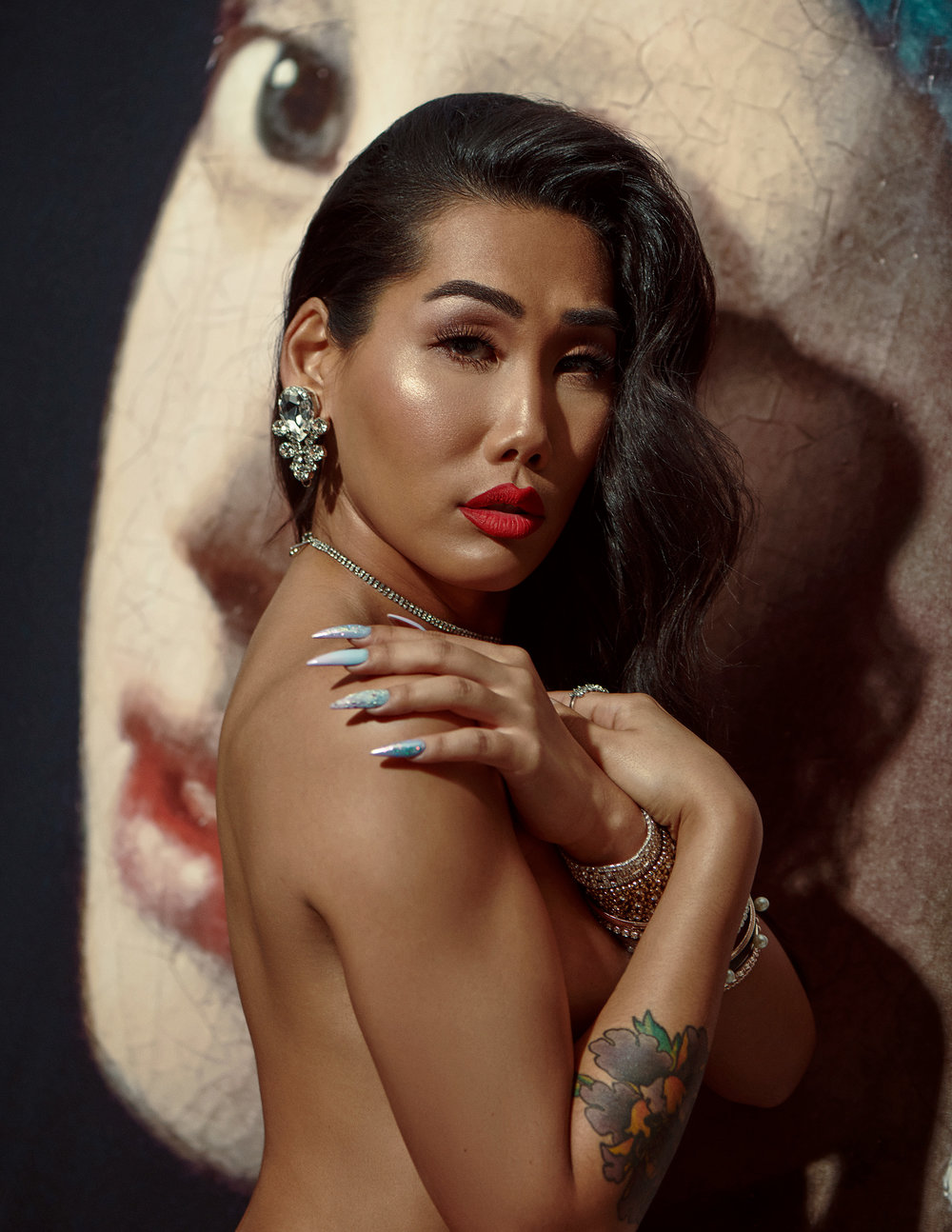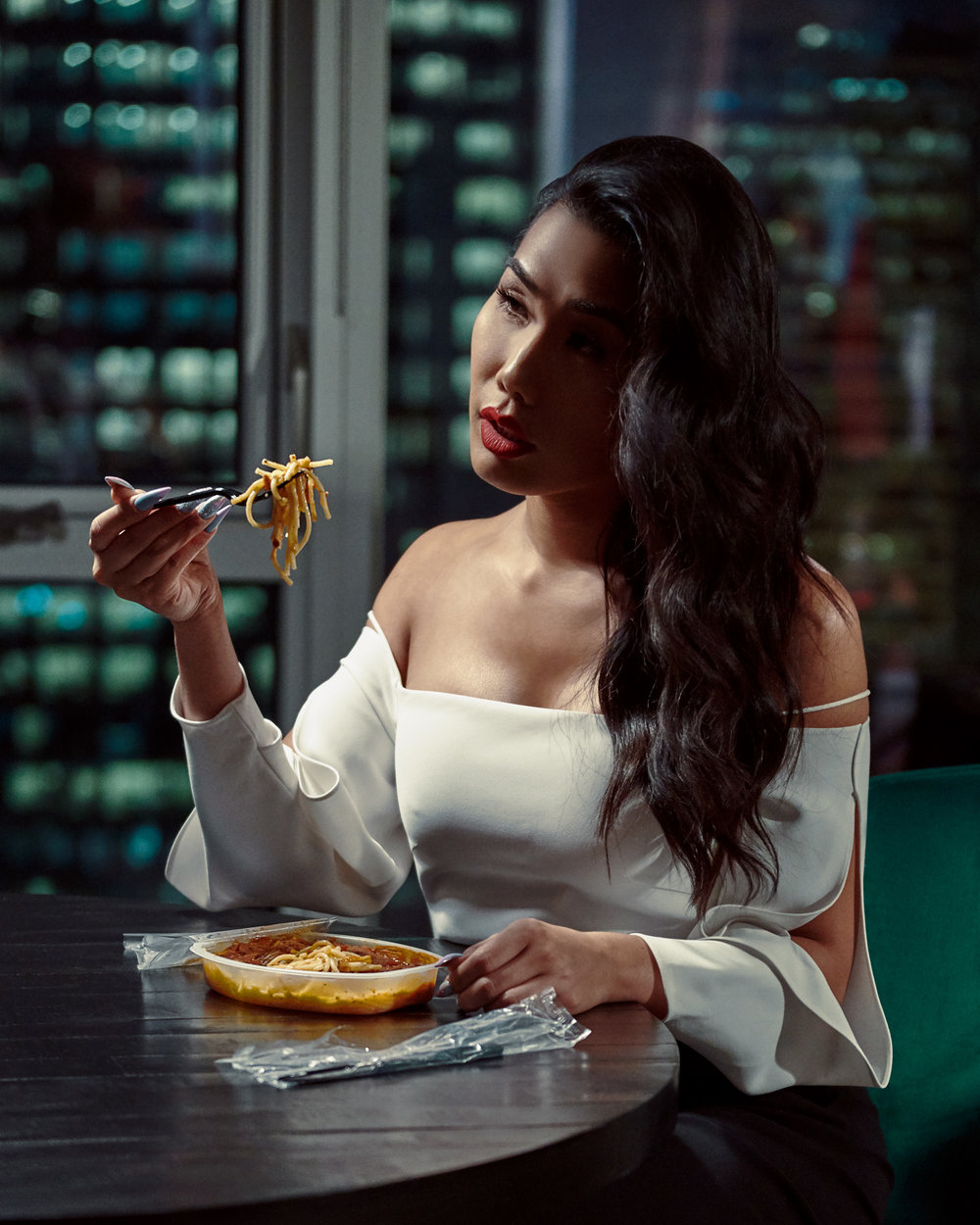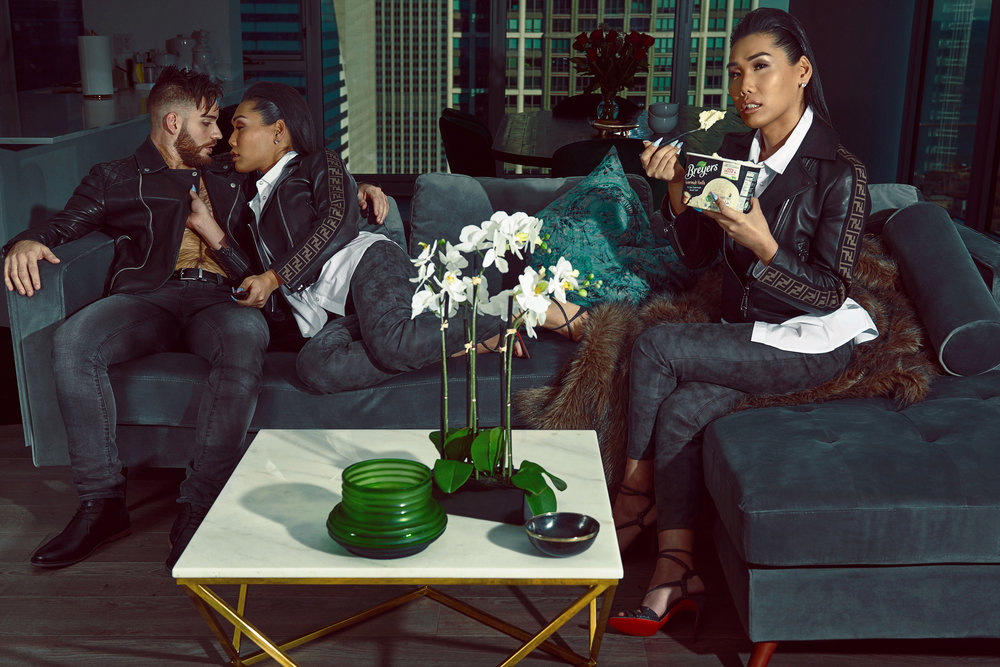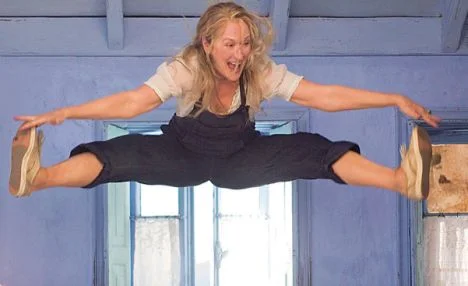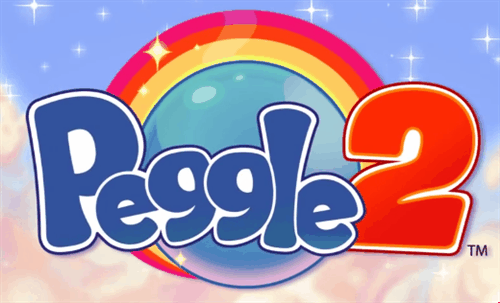![Blazer: Balmain, Jewelry: Versace, Shoes: Privileged, Bag: Prada]()
Blazer: Balmain, Jewelry: Versace, Shoes: Privileged, Bag: Prada
Fame and Fab are not unordinary terms that follow the queens around after being a contestant on the Emmy award-winning show, RuPaul's Drag Race — an experience that will catapult most queens to their ultimate fantasy! The part of the story that we don’t hear is the reality behind these queens’ fantasy life on the drag runway, the appearance circuit that follows, and how they maintain any sort of personal life outside of their queen persona. This stark reality leads most of us to ponder: is fame truly that fab?
Gia Gunn isn't any exception, and as one of the only transgender competitors to compete on RuPaul's Drag Race; Gia is truly living her fantasy, always! She is certainly the total package, and has a long list of aspirations, activism goals, and future entrepreneurship she is ready to tackle.
We had the opportunity to sit down with Gia to discuss exactly what we should expect to see in the future, her personal role model, and how she plans to be a role model for others in the transgender community.
![Blazer: Balmain, Jewelry: Versace]()
Blazer: Balmain, Jewelry: Versace
Welcome Gia, it is such an honor and pleasure to have you with us today! Congratulations on being nominated for your second bid for the crown on RuPaul’s Drag Race All Stars 4! If there was anything about this season you could have changed, what would it be?
Thank you!! It was such an amazing opportunity to get to be back on Drag Race and in front of all the lovely fans and viewers of the show! If there was anything I could have changed about the season is really just my expectations of the competition. I went into Drag Race more to be a representation for the trans community, which is a demographic that is underrepresented in the world! I went into the show hoping to have more of a conversation about Trans issues, and less of season 6 highlights. Overall, just having different expectations of what the competition is.
You said you don’t regret much because we should be focused on where we are going, so what does your past say about your future and coming to the realization that you are a woman?
It is no secret that I have had a long journey to realizing that I was a woman and understanding what it means to be a woman; but really I think there is a lot that goes into gender and what it actually means to be a man, woman, cis gender, transgender, etc. I think as a society we have a long way to go in highlighting what this actually means and getting the voice out. Society pushes us into the corner and wants us to pick a side, whether it be man or woman, gay or straight, etc. I think one thing that stands out is when I was a drag queen since drag queens are seen as gay man. I think that I was cornered into being a gay man even though I knew in my heart that I am Transgender and a woman. I think in the past I felt like I couldn’t be a woman or what was expected of me. I am able to be here today and say, “No, I am a woman and not a drag queen!”
![Jewelry: Gia & Stylists Own]()
Jewelry: Gia & Stylists Own
What would Gia today say to the Gia of the past?
My main advice to myself of the past would be to not be scared of who you are or what you are and just be it!
Who is the role model you feel had the greatest effect on you and your journey?
Throughout my journey there haven’t been very many visible role models for the Transgender community—which made it very hard to be able to understand what a role model is or should be. If I had to think of a role model when I was 21 and starting out as a drag queen, I found Gigi Gorgeous on YouTube and she is openly Trans and she was so inspiring to me. In my life currently, I would say the greatest role model for me as a Transgender woman is author, Janet Mock. She has had such an effect and has inspired me so much in my journey to becoming who I am today!
![Suit: Hugo Boss]()
Suit: Hugo Boss
![Jumpsuit: Roland Mouret via Saks Fifth Ave]()
Jumpsuit: Roland Mouret via Saks Fifth Ave
What is the ultimate fantasy for Gia Gunn?
I think the ultimate fantasy for Gia Gunn is being placed in places and spaces where Gia can be 110% herself! Drag has been such a large part of my life and I actually am in the process of not having to rely solely on drag and gay spaces. I don’t think Drag Race has provided a platform for myself and my sisters to be able to stay in the clubs forever, performing and running from here to there chasing after money! Ultimately, I am looking forward to getting closer to accomplishing my goals and life purpose. With that clarity, no pun intended, I’m looking forward to transitioning in all areas of my life as well!
Where do you see yourself in 10 years? What are you doing? And who are you with?
Gia Gunn in 10 years has invested all of her hard-earned pennies and dollar tips into a bigger business! I see myself being an entrepreneur in some way. I’m already an empire of my own, and I am just looking to turn that into something... I am looking to employ other people, help other people get into the industry. I definitely see myself investing a healthy lifestyle type of brand that can not only represent what I stand for, but be able to continue my legacy and what I built for myself. As of now, I have my following and my brand and all of the necessities that any business needs. My biggest goal this year is to save more money and be able to invest and not have to make an appearance to have a business! Every day I am getting closer to accomplishing my goals of becoming a full business and it would be a dream to be able to help employ other trans individuals and people of all backgrounds.
![Brandon—Jacket: TopMan, Jeans: John Varvatos, Shoes: Calvin Klein Gia—Jacket: Fendi, Shirt: Tommy Hilfiger, Pants: Express, Shoes: Christian Louboutin]()
Brandon—Jacket: TopMan, Jeans: John Varvatos, Shoes: Calvin Klein
Gia—Jacket: Fendi, Shirt: Tommy Hilfiger, Pants: Express, Shoes: Christian Louboutin
If there was any misconception or stereotype about the Trans community that you could change or take away, what would it be?
I think the biggest stereotype or misconception about the Transgender community would be just the lack of education of people understanding gender identity vs. sexual orientation. I think for a lot of people when they view gender identity they actually are thinking of sexual orientation. I think what people need to understand is who you are as a person and who you go to sleep with are two different things... People see trans individuals as a fetish or as a sexual object because it always circles back to sexuality. My sexual orientation has nothing to do with my gender. I think that there aren’t many transgender individuals speaking about this and I really want to talk about this because it will make it more comfortable for people to date transgender individuals. That is the biggest stereotype that gender identity and sexual preference are the same thing, but in fact they are entirely different!
Well Gia, it certainly has been great to speak with you and inspiring to hear all about your journey, dedication to your craft, activism goals, and becoming all that you were meant to be! I wish you all of the luck in your upcoming projects and look forward to seeing more of Gia Gunn!
Thank you!
—
Executive Producers:
Brandon Taylor @btaylor_yogifit
Matthew Mills @mcubedstills
Art Direction:
Michelle Locke @crack.the.fire
Models:
Gia Gunn @gia_gunn
Brandon Taylor @btaylor_yogifit
Photographer:
Matthew Mills @mcubedstills
Photo Assistant:
Sydney Poland @sydneypoland
Wardrobe Stylist:
Jesse Abudayyeh @jesse.abudayyeh
Brandon’s hair & makeup:
Margarita Claros @miss.barberella
Gia’s hair:
Valentino Leyva @hair_by_valentino

